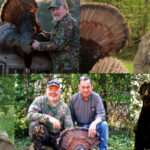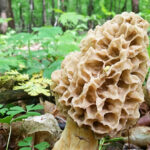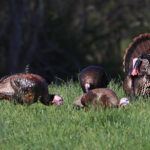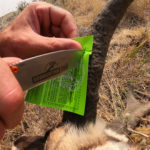Some archers can accurately shoot out to 100 yards, or even farther. But your effective shooting distance on the archery range is not your effective bow range in a hunting scenario. To truly determine your effective range, you must take certain steps, from hitting the target to simulating an adrenaline rush, and more. Here’s what you should know.
Determining effective range requires taking numerous steps. But the end goal is the same — hunters must be able to place an arrow within a 10-inch circle, and preferably an 8-inch one, which represents the average size of the vitals. After all, that’s where the pie-plate-at-40-yards reference came from. But that test alone isn’t enough. There’s a five-step test to pass before settling on an effective range.
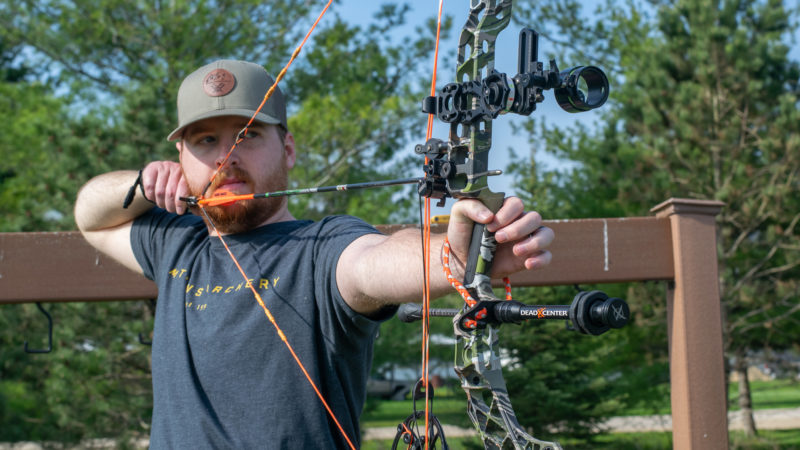
Test No. 1: The Walk Back
The first step in determining effective range is to start at 10 yards and take a shot. If you hit the 10-inch circle, move back 5 yards and repeat. Continue moving back 5 yards until you miss the 10-inch target.
Test No. 2: Matching Conditions
The next step requires matching the test to the actual hunting conditions you’ll encounter in the field. First, wear the full clothing you’ll have on while hunting. If possible, shoot during the typical weather and temperature you’ll face during the real deal. Shoot during a low light situation, which will mimic most deer hunts.
If you hunt from a treestand or ground blind, shoot from these. If you shoot standing up, or sitting down, go with whichever you are most likely to do while hunting. Then, execute the shot from the furthest distance you passed test No. 1 at. If you pass test No. 2, move on to 3. If not, move 5 yards closer and try again.
Test No. 3: Hunting Video Meltdown
Stand at the distance you passed step No. 2 from. Pull up a hunting video of the biggest free-range buck you can find online. This should produce anxiety and elevate your heartrate. Watch the hunt until right after the arrow is released.
Draw, and take the shot. If your arrow impacts within the 10-inch circle, move on to test No. 4. If it landed outside the vitals, move 5 yards closer and repeat this test.
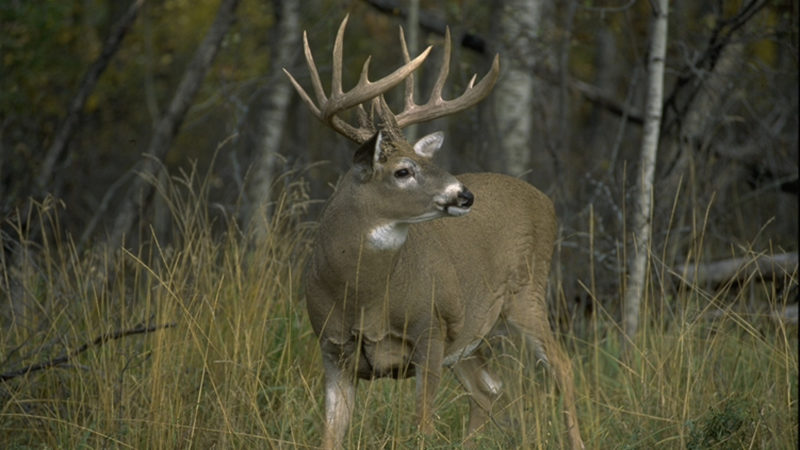
Test No. 4: The Run Around
Those who pass No. 3 are ready for No. 4. Do a quick run around the yard to get your heart rate elevated. Like the previous test, this will simulate an adrenaline rush. With your pulse increased, draw back, and take the shot. Again, if you hit the mark, it’s time for the next test. If not, move up 5 yards and repeat.
Test No. 5: One Shot Wonder
After you’ve passed step No. 4, it’s time for the final test. Wait a day or two. Then, without shooting or warming up, wear your hunting clothes, run a short dash to elevate your heart rate, and take one cold shot from the distance you passed test No. 4.
Repeat this step for two more days. If you make the shot all three times, you’ve determined your effective range. If you miss the mark, move up 5 yards and start the final step over again.
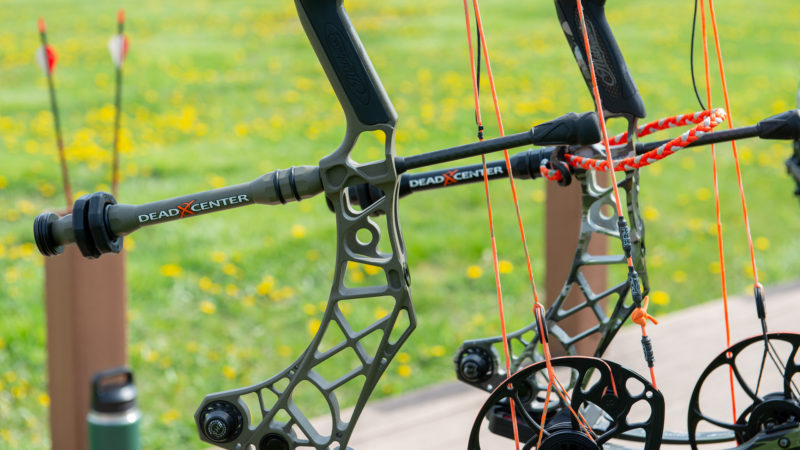
Uncontrollable Limitations
Regardless of how well you do during each test, there are still numerous factors that are out of a hunter’s control. One of these is the elements. Environmental factors, such as wind, rain, and snow, can impact your shot and throw it off. This impacts accuracy, even at close distances.
The greater factor is game movement. For example, whitetails oftentimes jump the string. It’s a common occurrence for deer to react to the sound of the bow when the arrow is released. As deer ready to bolt, they move into the initial stage of running, causing them to drop down. This results in the arrow hitting higher than intended.
In my opinion, regardless of your true effective range, there’s a certain distance hunters should rarely shoot beyond. I believe that’s 40 yards, even if you passed the simulations at greater distances. There is just too much room for error, and too much time for the animal to move before the arrow makes impact.
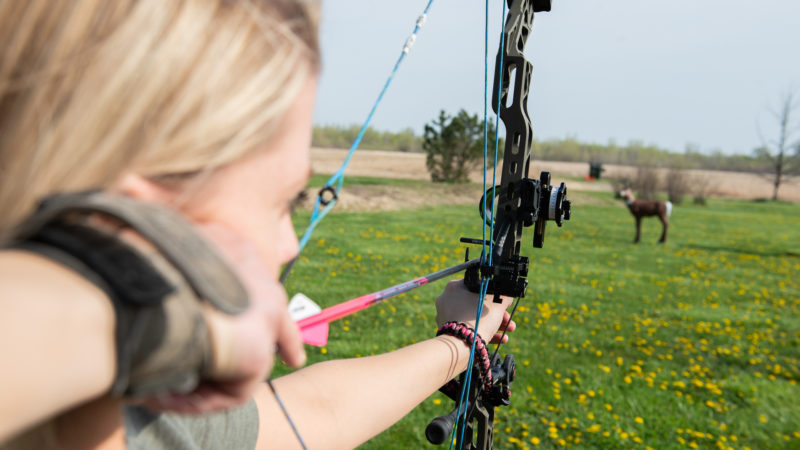
Bonus: How to Increase Your Effective Range
Are you looking to be a better bowhunter? Those who are hoping to increase their effective range can do so. There are certain steps to follow. Some of these include:
- Have a consistent anchor point. Never stray from it.
- Use multiple anchor point checks, such as a kisser button, nose button, thumb along the jaw line, etc.
- Shoot a faster bow. This will result in less arc in your shot.
- Keep draw weights manageable. Too little poundage (slower arrow) creates more arc in your shot. Too much weight makes it difficult to hold at full draw.
- Monitor your peep sight. Ensure it isn’t sliding around.
- Use a forgiving release, such as those with nylon straps instead of solid shafts.
- Shoot lighter arrows. Heavier arrows penetrate better, but also arc more.
- Control your breathing. Erratic movement limits abilities.
- Have a good, consistent follow through.
- Practice at longer distances. Then, shorter distances will be less intimidating.
- Tune your equipment. When it’s in top condition, you shoot better.
- Know when to stop practicing. Fatigue can create bad form and habits.
Overall, this is a relative topic. It will be slightly different for everyone. It’s important to know what your bow, arrows, and broadheads can do. Be honest about your own capabilities. The moment of truth will be difficult. Making the decision to shoot, or not, isn’t easy. Just remember to always ensure deer are within your effective bow range. And always listen to your gut if it’s calling you off the shot.

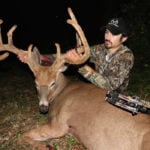 By
By 